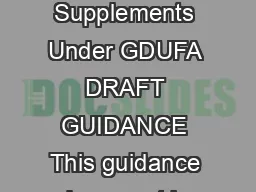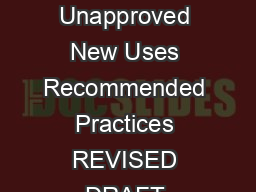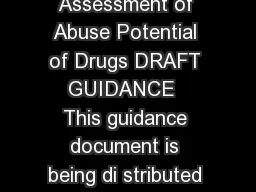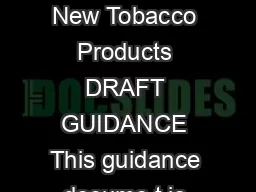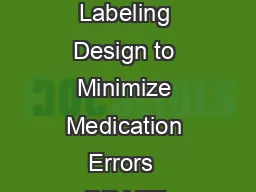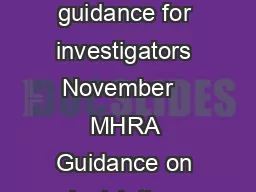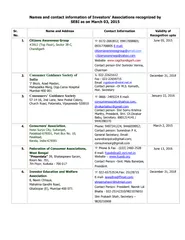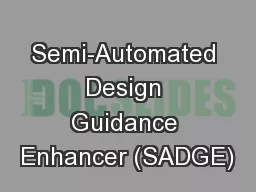PPT-Guidance 30
Author : mitsue-stanley | Published Date : 2017-05-29
Personal Growth amp Development Brian Jensen PhD MFT LPCC Contact Info JensenbrYosemiteedu 2095885036 Class Introductions Ice Breakers Take Index Card Record
Presentation Embed Code
Download Presentation
Download Presentation The PPT/PDF document "Guidance 30" is the property of its rightful owner. Permission is granted to download and print the materials on this website for personal, non-commercial use only, and to display it on your personal computer provided you do not modify the materials and that you retain all copyright notices contained in the materials. By downloading content from our website, you accept the terms of this agreement.
Guidance 30: Transcript
Download Rules Of Document
"Guidance 30"The content belongs to its owner. You may download and print it for personal use, without modification, and keep all copyright notices. By downloading, you agree to these terms.
Related Documents


